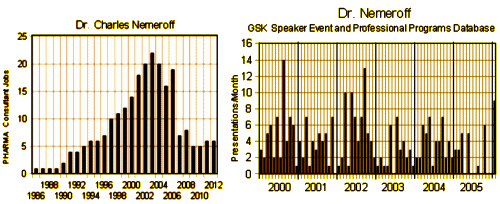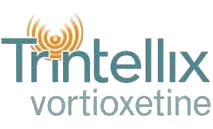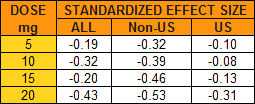Posted on Saturday 11 June 2016
The first blog I encountered when I realized how much corruption there was in the medical literature was Health Care Renewal. It wasn’t about the psychiatric medications, but it was about the problem I was stirred up about at the time. I found others, but most of them had some underlying agenda of their own. Health Care Renewall didn’t seem to have that problem. I went back and read the inaugural post and that cinched it – Roy Poses was talking about what I needed to read about. His referenced paper is available full text on-line, as right today as the day he wrote it [it’s telling which journal ended up publishing it]:
|
Friday, December 10, 2004
Health care around the world is beset by rising costs, declining access, stagnant quality, and increasingly dissatisfied health care professionals. Discussions with physicians and other professionals revealed pervasive concerns that the core values of health care are under seige. Patients and physicians are caught in cross-fires between conflicting interests, and subject to perverse incentives. Free speech and academic freedom are threatened. Psuedo-science and anti-science are gaining ground. Causes include the increasing dominance of health care by large organizations, often lead by the ill-informed, the self-interested, and even the corrupt. [1] However, such concentration and abuse of power in health care has rarely been discussed openly. This blog is dedicated to the open discussion of health care’s current dysfunction with the hopes of generating its cures. 1. Poses RM. A cautionary tale: The dysfunction of American health care. European Journal of Internal Medicine. 2003; 14: 123-130.
|
Since then, I’ve read his blog religiously. I don’t mention it often because the only thing to say is "yes!" He has a recurrent theme that it took me a while to fully comprehend – anechoic. It means what it says. When yet another example of corrupted medicine appears, it may be a big story [briefly], but then it goes away [quickly] – it doesn’t echo. It gets lost in the wind. A prime example is Jureidini, Amsterdam, and McHenry’s recent paper:
by Jureidini, Jon, Amsterdam, Jay, McHenry, LeemonInternational Journal of Risk & Safety in Medicine. 2016 28[1]:33-43.
Using subpoenaed verbatim internal documents, they demonstrate an example of a pharmaceutical company actively distorting an analysis. It should be a nidus for a collective call to arms, but it’s not even much yet read.
Health Care Renewalby Roy PosesJune 08, 2016
Transparency International UKJune 2016Executive Summary
The launch of the Sustainable Development Goals in September 2015 signals a more comprehensive global development agenda. This plan specifies that all governments must fight corruption. For the health sector, this will mean integrating good governance into policy making and implementation to reduce the risk of corruption.
Within the health sector, pharmaceuticals stands out as sub-sector that is particularly prone to corruption. There are abundant examples globally that display how corruption in the pharmaceutical sector endangers positive health outcomes. Whether it is a pharmaceutical company bribing a doctor for prescribing its medicines irrespective of a health need or a government employee facilitating the infiltration of substandard medicines into the distribution system, public resources can be wasted and patient health put at risk.
For policy makers to implement successful anti-corruption measures there is a need to identify and understand corruption vulnerabilities in the pharmaceutical sector. To support this task this paper identifies key policy and structural issues in selected activities of the pharmaceutical value chain, along with relevant anti-corruption policies. This analysis showed that anti-corruption policies are needed throughout the pharmaceutical value chain to increase transparency around key decision points and strengthen the accountability of actors.
Four overarching challenges derived from structural issues and anti-corruption policies across the selected activities of the value chain have been identified. These are:




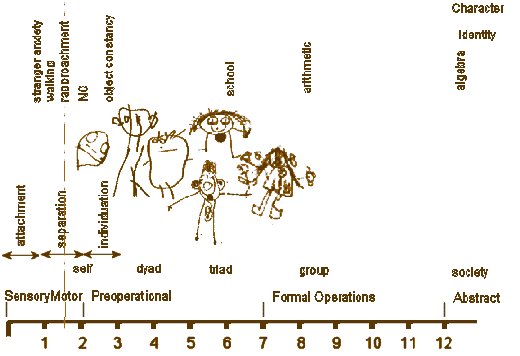
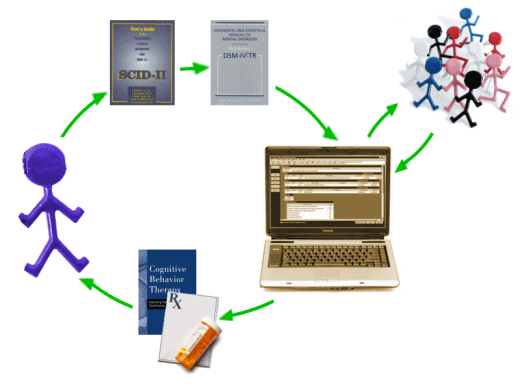 So the paper was a sort of amateurish speculation about what psychic conflicts they might have that kept them from using his program [and scuttling his study]. Then I got to the end and read his Conflict of Interest declaration, and it was his psychodynamics I started thinking about! I wouldn’t have used his computer program either. Here’s what I had to say back then [
So the paper was a sort of amateurish speculation about what psychic conflicts they might have that kept them from using his program [and scuttling his study]. Then I got to the end and read his Conflict of Interest declaration, and it was his psychodynamics I started thinking about! I wouldn’t have used his computer program either. Here’s what I had to say back then [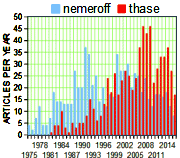 Dr. Thase was on the faculty of the Western Psychiatric Institute in Pittsburgh from 1984 to 2007 when he moved to the Perlman School of Medicine in Philadelphia as Chief of the Division of Mood and Anxiety Disorders Treatment & Research Program. He writes broadly about the diagnosis and treatment of these disorders and so most of us think of him not in any specific role as an expert professional, but rather as a Professional Expert – a KOL who is everywhere. He still may not have caught up with Charlie Nemeroff in total publications, but he’s closing in fast [he got off to a late start].
Dr. Thase was on the faculty of the Western Psychiatric Institute in Pittsburgh from 1984 to 2007 when he moved to the Perlman School of Medicine in Philadelphia as Chief of the Division of Mood and Anxiety Disorders Treatment & Research Program. He writes broadly about the diagnosis and treatment of these disorders and so most of us think of him not in any specific role as an expert professional, but rather as a Professional Expert – a KOL who is everywhere. He still may not have caught up with Charlie Nemeroff in total publications, but he’s closing in fast [he got off to a late start].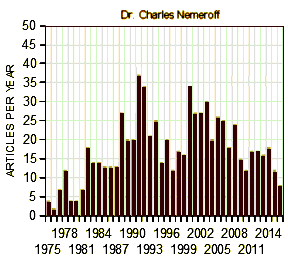 By the turn of the century when this piece was written, Charlie Nemeroff was at at the top of the heap and the top of his game – the quintessential KOL. This article mentions some of the other major KOLs of the time, a core group of his friends and fellow chairmen. So as the new drugs flowed from industry at a steady rate, there was plenty to talk about, and the promise of future breakthroughs was always fertile ground for their stream of presentations and review articles. But that’s just the very public part. There were the advisory positions [left below] and those paid pharma speaker engagements to small groups all over the country [right below] generating personal income.
By the turn of the century when this piece was written, Charlie Nemeroff was at at the top of the heap and the top of his game – the quintessential KOL. This article mentions some of the other major KOLs of the time, a core group of his friends and fellow chairmen. So as the new drugs flowed from industry at a steady rate, there was plenty to talk about, and the promise of future breakthroughs was always fertile ground for their stream of presentations and review articles. But that’s just the very public part. There were the advisory positions [left below] and those paid pharma speaker engagements to small groups all over the country [right below] generating personal income.